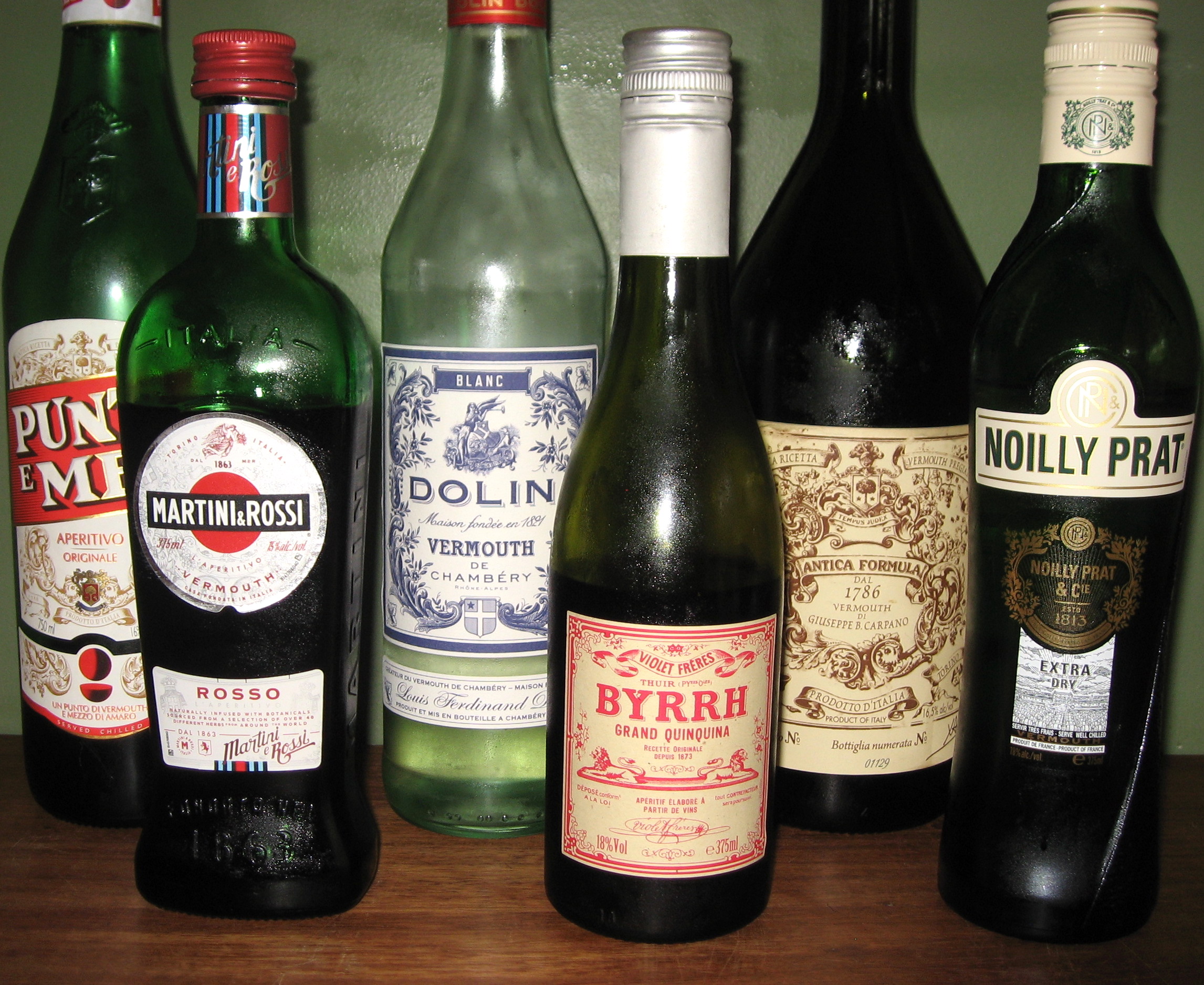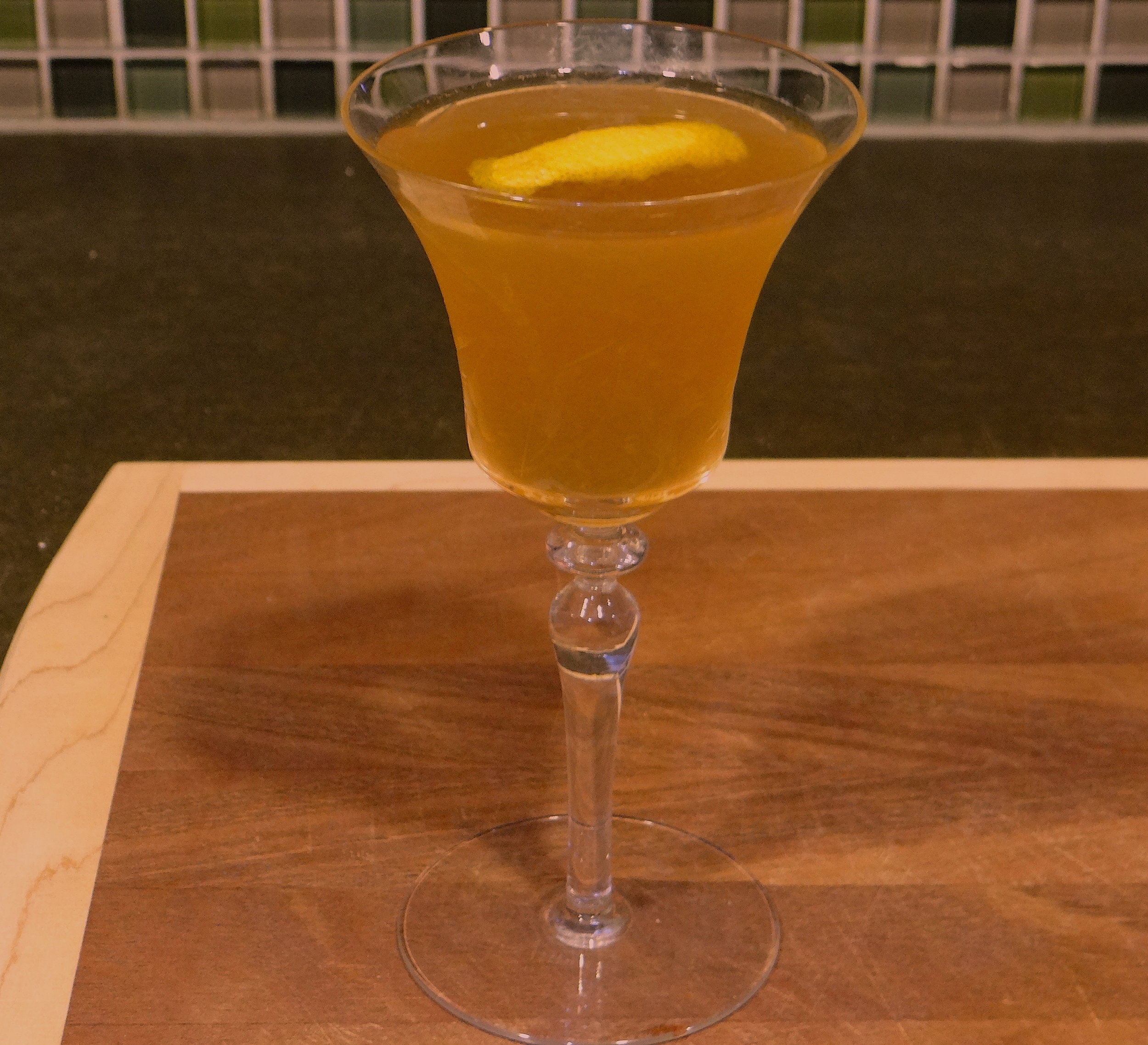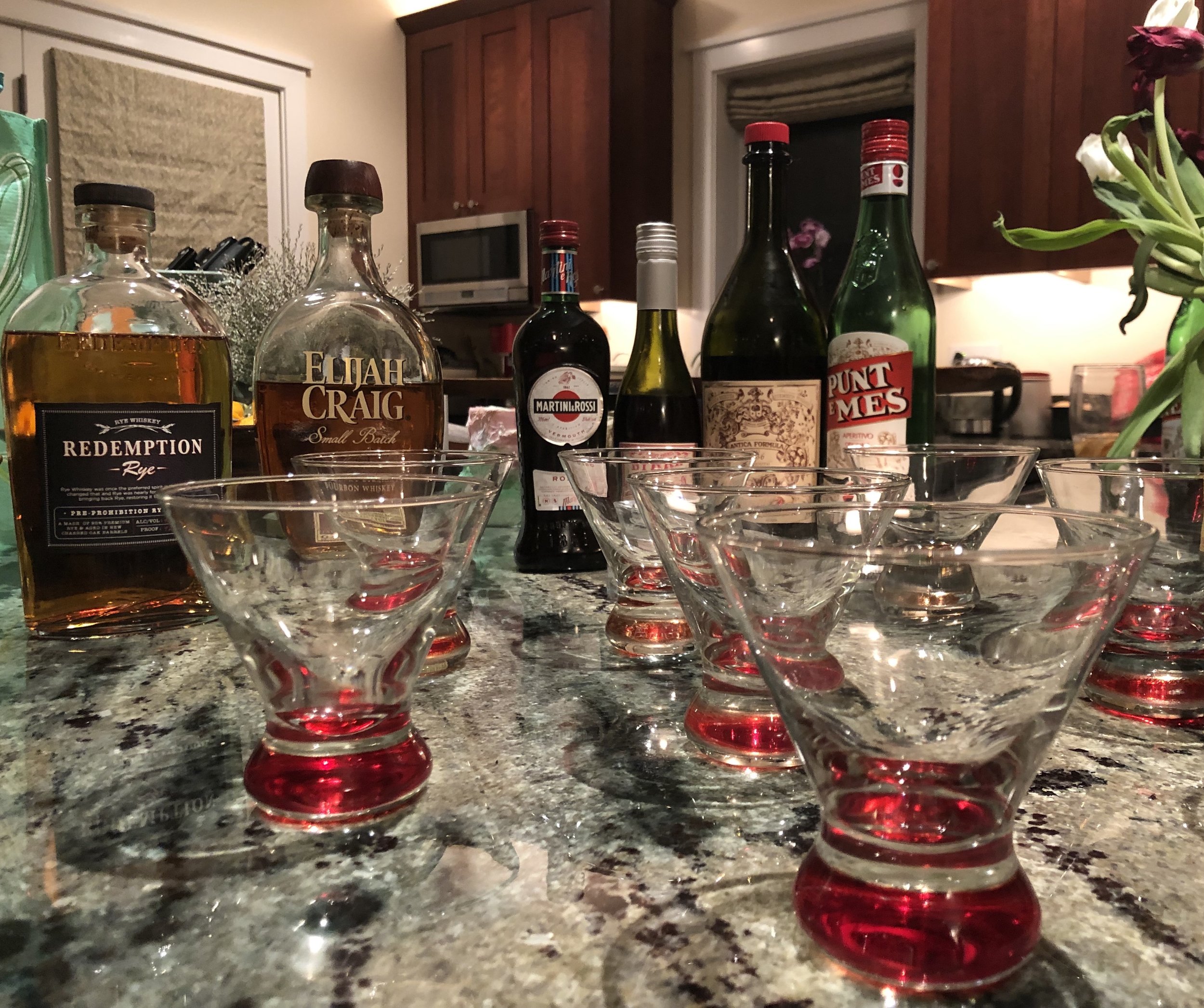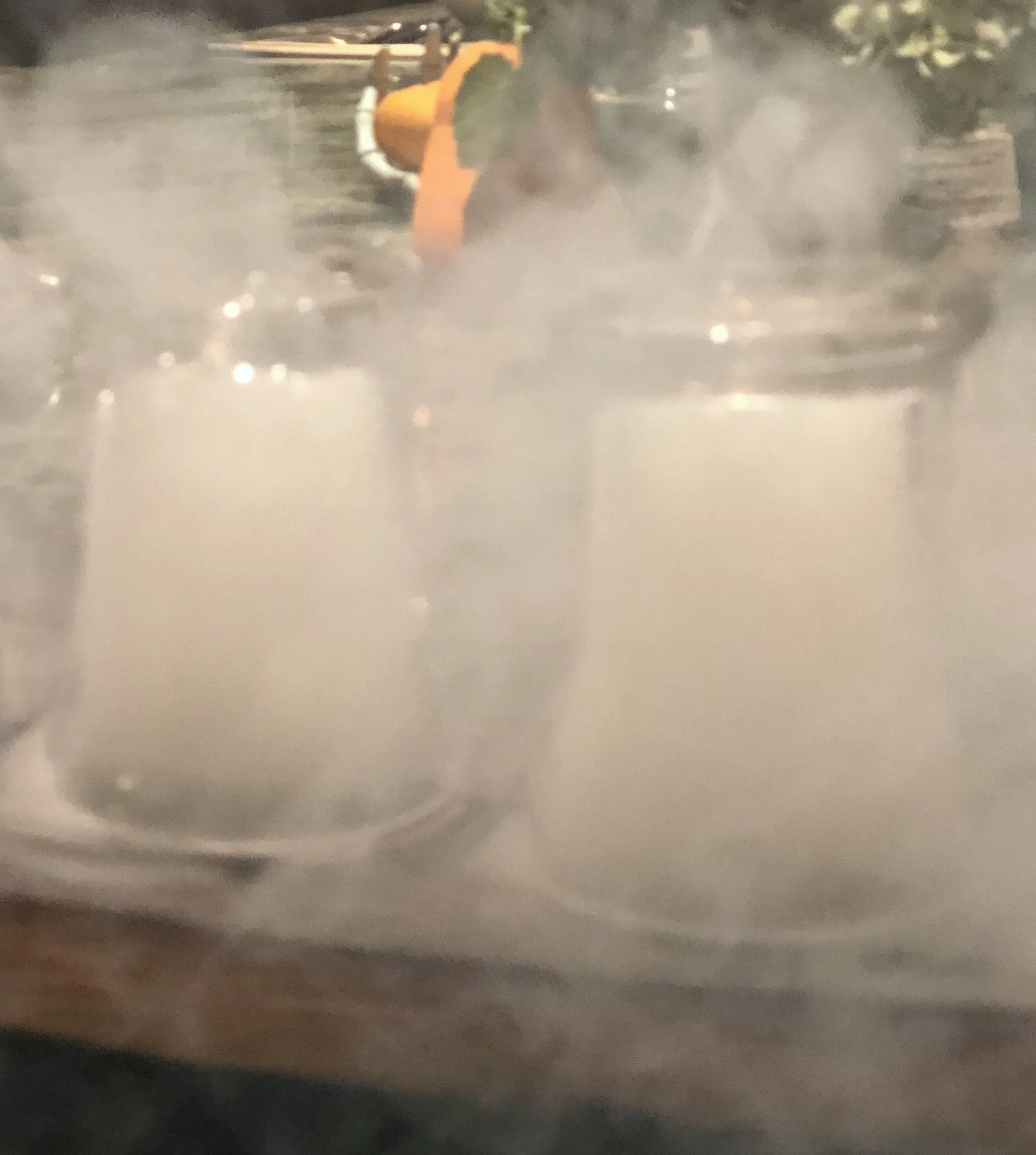Vermouth

Dear readers,
I owe you an apology. Over the course of nearly two years of blogging, I’ve sung the praises of bitters, mooned over amaro, gushed over unusual liqueurs. I’ve tasted rums and mezcals, made boozy cherries and shrubs, experimented with drinks like the Negroni and the Old Fashioned. Yet, somehow, I’ve managed to overlook a key component of cocktails. An ingredient so essential that, without it, classic drinks like the Martini and the Manhattan would not exist.
I’m talking about vermouth.
Vermouth is made from wine that's been steeped with a variety of botannicals, then fortified with a bit of additional alcohol. The word is a Francophone translation of the German Wermut ('wormwood') - a medicinal herb that is a common ingredient in vermouth, and reflects the drink's history as a curative tonic. Traditionally, vermouth comes in two versions (sweet and red, or dry and white) and from two countries (France and Italy). But aromatized wine, sans fortification, dates from the earliest days of wine-making, and examples can be found throughout the world.
Like other botannical-infused spirits, such as gin and amaro, the particular mix of herbs, spices, barks, and roots used in vermouth-making yields dramatically different flavor profiles. Vermouth can be sipped chilled as an aperitif (and there's certainly nothing wrong with that), but is more often consumed in mixed-drink form. I'll be exploring its use as a cocktail ingredient in future posts, so stay tuned.
h.
P.S. - Vermouth (like wine) begins to oxide once the bottle has been opened. So do yourself a favor and store it in the refrigerator. Your cocktails (and cocktail drinkers) will be better off - trust me.




